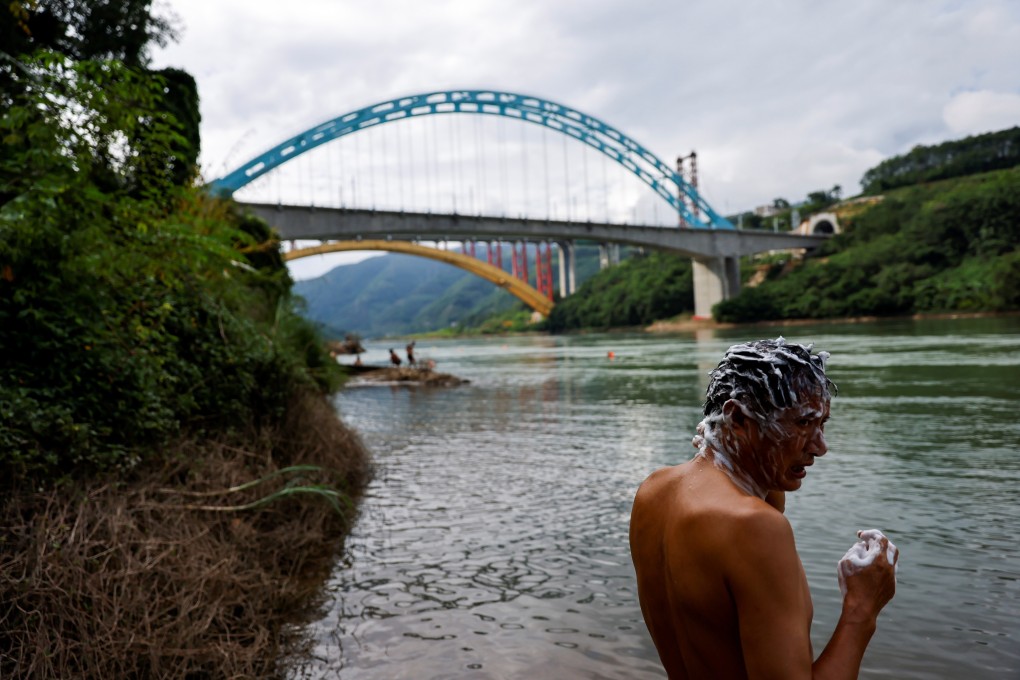Advertisement
Opinion | How China’s cooperation with Mekong countries can overcome a trust deficit
- The Lancang-Mekong Cooperation mechanism underwent a stress test following a report last year linking Chinese dams to reduced water flow in the Mekong River
- To regain trust, it needs to depoliticise the science by ensuring accountable dialogue and increasing compliance and collaboration, writes Richard Grünwald
Reading Time:4 minutes
Why you can trust SCMP
2

First proposed at the 17th Asean-China Summit in 2014 by Chinese Premier Li Keqiang, the Lancang-Mekong Cooperation (LMC) mechanism aims to enhance economic cooperation, environmental protection efforts and transboundary water governance between the countries along the river’s length, namely China, Myanmar, Laos, Thailand, Cambodia, and Vietnam.
Seen as a rival to the US-backed Mekong River Commission (MRC) – which excludes Myanmar and China and was formed in 1995 – the LMC differentiates itself from similar intergovernmental organisations by including all the Mekong countries without having any non-riparian states among its membership.
The LMC relies heavily on funding from China’s Belt and Road Initiative to drive forward its development agenda through associated projects – a synergy that some observers consider part of Beijing’s strategy to reconfigure the balance of power in the Mekong subregion.

A big stress test for the LMC came after severe droughts in June 2019 and rising concerns about the impact of upstream hydropower dams on water flows in the Mekong River. In response, the Chinese government committed to speed up a joint research collaboration with the MRC and share year-round hydrological data through the Lancang-Mekong Water Resources Cooperation Information Sharing Platform (LMWRC).
The LMC’s transboundary water governance efforts have been negatively affected by the Covid-19 pandemic, however, with it refocusing its priorities on securing funding for projects and meeting the growing demand for medical supplies in the Mekong countries.
Advertisement
